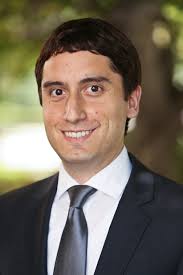The charter advocacy Twitterverse is unhappy about this part of the Biden plan, as described here by Biden staffer Stef Feldman talking to the Education Writers Association:
And we’ll require every charter school, including online schools, to be authorized and held accountable by democratically-elected bodies like school boards and also held to the same standards of transparency and accountability as all public schools. That means things like regular public board meetings and meeting all the same civil rights, employment, health, labor, safety and educator requirements that public schools must.In Twitterland yesterday, that quote prompted some conversations like this one
But one has to ask (and one did, but Twitter being Twitter I haven't heard an answer yet)-- exactly how does having an elected board "hamstring" a charter school? How does a requirement for transparency and accountability "paralyze" a charter school?
The mantra for charter schools has been the idea of trading autonomy for accountability. Did charter fans really mean to say "accountability, but only in the ways we choose to the people we choose?"
After all, a major criticism of public schools in the modern reform era is that they are not held accountable enough, hence the need for state standards backed up by Big Standardized Tests, the results of which are supposed to be used in a very public way to hold the schools accountable. When teachers push back against measures like the BS Tests and VAM as inaccurate, invalid, and unfair, reformsters charge that teachers just don't want to be held accountable.
So what is the issue here? Part of it likely comes down ownership. Public schools are owned by the CONTINUE READING: CURMUDGUCATION: Charter Fans Dislike This Part of Biden's Plan


































